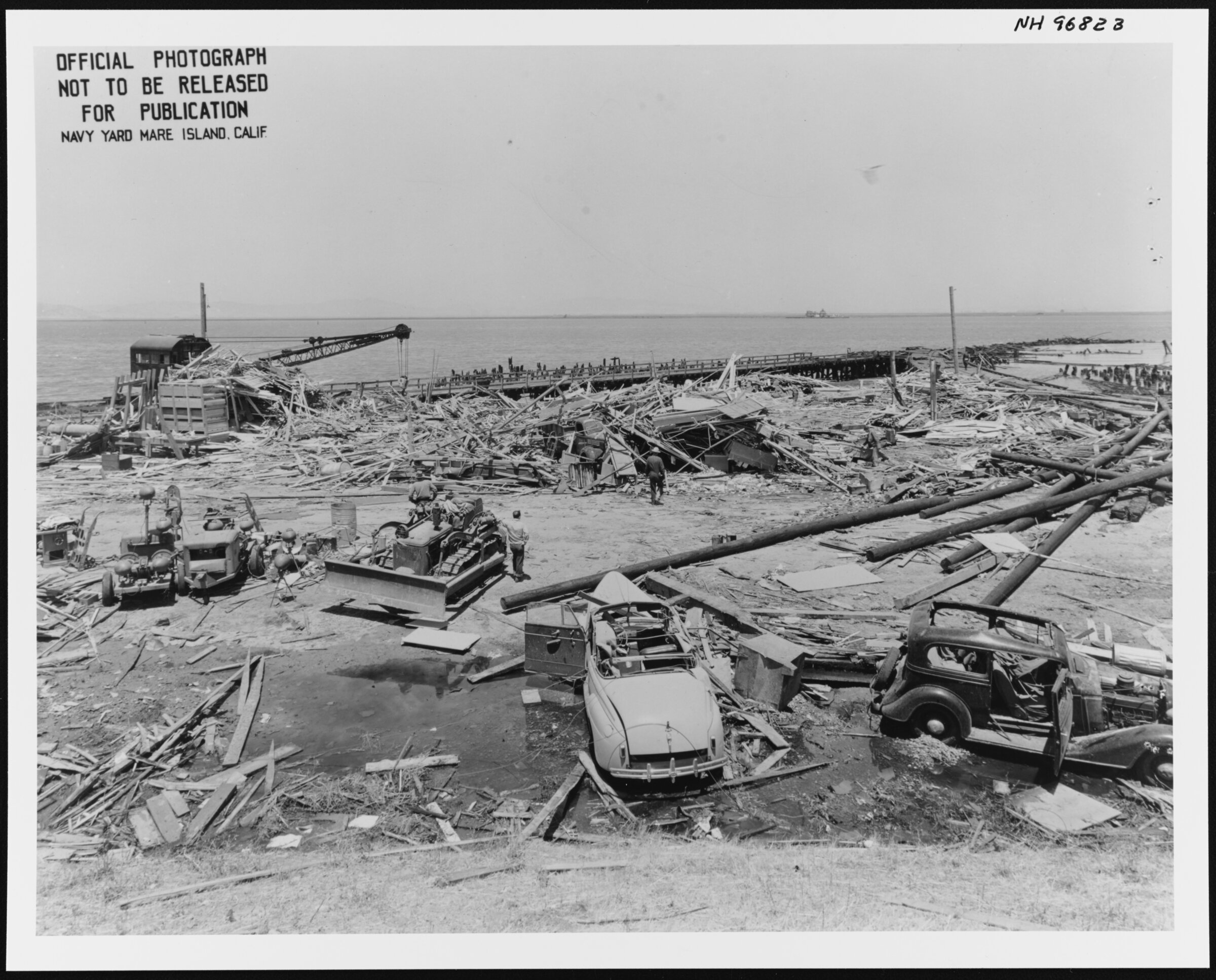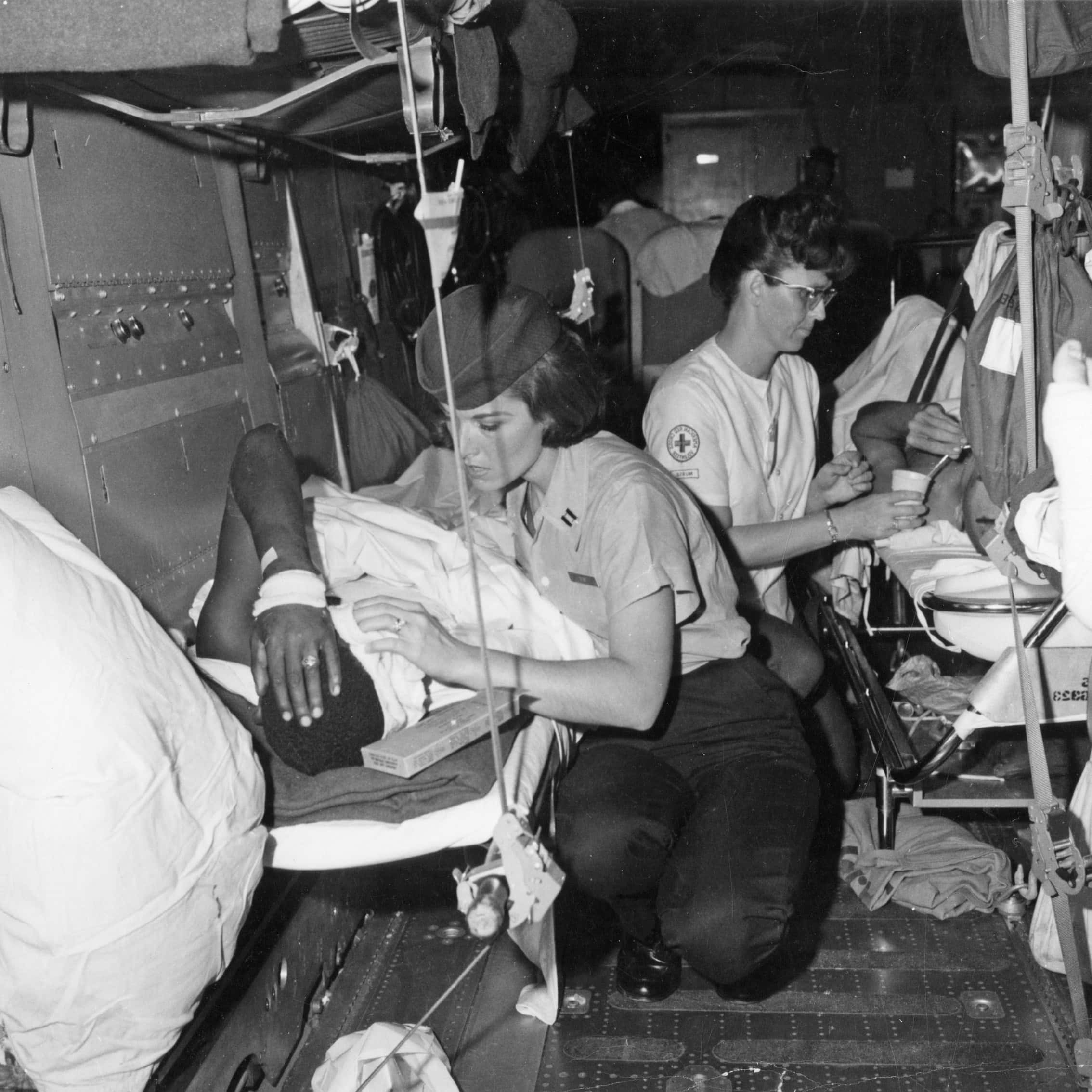Japan lost World War II on December 7, 1941. Although the Pearl Harbor raid was a stunning military success, a small island nation without natural resources or even the ability to sustain itself had no chance in a war to the finish with the United States, especially after the American people had been roused to fury by what they were told was an unprovoked “sneak attack.” And the slim chance Japan might have had for a negotiated settlement disappeared just six months later when Admiral Isoroku Yamamoto lost four aircraft carriers and hundreds of irreplaceable pilots at the pivotal Battle of Midway. Thereafter, it was only a matter of time before the Rising Sun was ground to powder.
Easy for me to say from the comfort of my study and with the clarity of hindsight. I did not have to defend Lunga Ridge and Henderson Field from a screaming banzai attack in the middle of the night. I did not bleed in the surf at Tarawa, or dig futilely for protection in the black volcanic ash of Iwo Jima, or dodge kamikazes at Okinawa. Those who did such things would be slow to say that the war with Japan was decided on the day it began. They knew their enemy to be well trained, well led, and capable of exacting a terrible price for every square foot of real estate.
The Thin Red Line is the latest in a long line of films about what John Dower has called a “war without mercy.” It focuses on Guadalcanal, the farthest point of Japanese advance. Located exactly 10 degrees below the equator just northeast of Australia and near the eastern end of the Solomon Islands chain, it had enormous strategic value to both sides. To the Japanese, Guadalcanal could be a staging area for offensive action toward New Caledonia, the Fiji Islands, or Australia. To the United States, taking Guadalcanal would protect Australia and be a signal to Tokyo and to the world that America’s growing air, naval, and land forces were going over to the attack in the Pacific.
Director Terrence Malick, who also wrote the screenplay, has borrowed his title, his story line, his characters, and many of his details from the novel of the same name by James Jones. A native of Robinson, Illinois, Jones had joined the peacetime Army at age 18 in 1939. Jones was stationed at Schofield Barracks in Hawaii when Japanese planes surprised everyone on an otherwise ordinary Sunday morning. At the end of 1942, as a member of the 25th Infantry Division, Jones went ashore on Guadalcanal, where he killed a Japanese soldier before he was himself wounded by shrapnel and evacuated to safety. Back in the United States, he subsequently went AWOL three times and was demoted twice before he was discharged for medical reasons in the summer of 1944. After the war, Jones wrote many novels, including From Here to Eternity (1951), which dealt with Hawaii before the war and which brought him fame and fortune, and The Thin Red Line (1962), which was about Guadalcanal.
Jones would like certain aspects of Malick’s movie. First, it concerns itself with timeless issues of life, death, love, morality, evil, destiny, and fear, and it does all this from the perspective of the soldier in the line, not the general in the rear. It focuses on C-for-Charlie Company, a collection of several hundred ordinary men from ordinary occupations and places who find themselves together on a place none of them previously had ever heard of. Why, it asks, do some men survive, and others, perhaps equally brave, equally well trained, equally athletic, or equally religious, cry in despair as their last breaths escape their bodies? Are soldiers essentially running into burning houses where no one can be saved? Is war inevitably aimless and random? Is it about property? Why are the innocent and the unconcerned pushed into situations where everyone—American, Japanese, native—seems to lose?
Second, Malick has put together an excellent cast, with Sean Penn as the tough and cynical top sergeant; Nick Nolte as an ambitious, aggressive, West Point-trained battalion commander; Elias Koteas as the caring captain who refuses his colonel’s direct order for a frontal assault against entrenched Japanese machine guns; Jim Caviezel as a handsome private AWOL on the island and cavorting with the natives; Woody Harrelson in a powerful cameo role as an unlucky leader whose grenade malfunctions; and John Travolta as a strange and brooding brigadier general. There is no central figure, and much of the story is related by way of a running, philosophical voice-over narration.
Third, The Thin Red Line features John Toll’s extraordinary cinematography and Hans Zimmer’s haunting musical score, as well as special effects that some viewers will regard as too realistic, as when we see a torso with bloody stumps where legs used to be. Malick does have an eye for beautiful detail as well, and his cameras linger poetically on all manner of wildlife who seem alternately puzzled by and oblivious to the carnage around them.
Unfortunately, The Thin Red Line is limited both as entertainment and as history. At a running time of almost three hours , it is long and formless. I kept checking my watch to see how much more there was to endure. Malick devotes too much footage to exotic animals, waving grass, happy natives, or light filtering through trees. At times he seems to have produced a kind of National Geographic-style examination of Queensland, Australia, where most of it was filmed. And because most of the characters are a blur, the viewer has difficulty knowing who is thinking what. One of the men constantly daydreams about his wife back in Ohio, but Malick does not tell us that he is tormented by the fear that she is sleeping with someone else in his absence. Alas, he finally receives the dreaded “Dear John” letter.
More to the point of this review, The Thin Red Line does not tell the viewer enough about history, either in terms of facts or of experience. Some might argue that an artist is under no obligation to produce a work that bears any relation at all to actual events. I would answer that Americans increasingly get their history from movies or television, and that filmmakers should at least aspire to accuracy, especially when they go to such well-publicized pains to get the buttons, or the trucks, or the planes right. For example, early in the movie an American troop transport vessel stands just off the beach while it slowly and laboriously unloads its precious human cargo. Somehow, Malick found what appears to be a Victory ship, only 531 of which were ever made, and virtually none of which I thought survived at the end of this century.
But the viewer learns too little about Guadalcanal, either as personal experience or as grand strategy. Why was that tiny island important? Why was the fighting on Guadalcanal different from most other Pacific campaigns? Why, unlike the situation in Saving Private Ryan, were the soldiers more afraid while they were waiting on the transport ship than while they were actually hitting the beaches? No voice-over explains that the battle for Guadalcanal, which began on August 7, 1942, was mostly over before this movie begins, or that the First Marine Division had been fighting there for months before the 25th Infantry Division arrived. Jones, for example, did not land until December 30. Similarly, no voice-over or character explains that neither the Japanese nor the Americans were initially able to get adequate reinforcements or supplies to their troops ashore, and that desperate naval battles by day and night continued throughout the fall. Both sides lost so many ships that nearby waters came to be known as “Iron Bottom Sound.” Finally, by mid-November, the United States increasingly controlled the air above and the sea around Guadalcanal. This was not for want of frantic Japanese efforts to use every means possible, including destroyers, to get help to their beleaguered soldiers. Nonetheless, by December, Nippon’s sons were starving and essentially abandoned on Guadalcanal (the film depicts the Japanese sympathetically and shows their emaciated state but does not explain why), and by February 9, 1943, General Alexander Patch could report to General Douglas MacArthur that Guadalcanal was secure.
None of these issues or events is even peripherally explained in The Thin Red Line. Neither does Malick give us the kind of texture from the novel that would reveal the combat infantryman’s perspective. For example, we learn nothing of taking souvenirs or gold teeth from dead and dying enemy soldiers, of trading such trinkets for whiskey from the Air Corps personnel in rear areas, of homosexuality in the shared darkness of a tent, of the ranking of wounds according to how far back from the front each type of disability would take a person, of the constant struggle for promotion and position within the company, and most especially of the kind of loyalty for small units and for each other that would help explain to the viewer why so many persons put their own lives at risk to help fallen comrades. All of those issues were at the core of Jones’s book, which is possibly the finest combat novel of his generation.
The Thin Red Line probably does not even render nature the way that soldiers experienced it. Malick does show a crocodile slithering into green muck, as well as scenes of soldiers sloshing through a swamp. But mostly, the view Malick gives us is of paradise, replete with lush green mountains, tropical waterfalls, and glorious beaches. If only we could buy a condo there. In fact, American servicemen regarded Guadalcanal as a tropical hell. Ninety-two miles long and thirty-two miles wide, it was mostly dense jungle, infested with ferocious ants, poisonous snakes, and malarial mosquitoes, not to mention lizards, crocodiles, spiders, leeches, and scorpions. Men on both sides had to cross precipitous ravines, wade through swamps rank with the smell of rotting vegetation, and hack through stout vines. “If I were a king,” author Jack London once remarked, “the worst punishment I could inflict on my enemies would be to banish them to the Solomons.”
The Thin Red Line is a celebration of the art of filmmaking, and especially cinematography, sound, and special effects. But it is not the place to learn about the Pacific War. For that, you still cannot do better than The Naked and the Dead or even John Wayne’s Sands of Iwo Jima. And if you want the best American war movie of this decade, check out Saving Private Ryan.
Kenneth T. Jackson, who frequently discusses war films on the History Channel, is the Jacques Barzun Professor of History and the Social Sciences at Columbia University.


